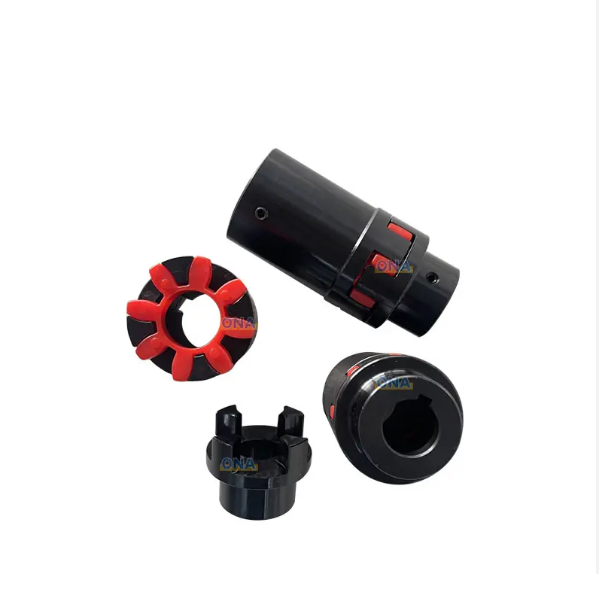Cone Crusher Countershaft Coupling
The cone crusher countershaft coupling, a critical power transmission component connecting the countershaft to the main drive system, plays key roles in torque transmission (transferring rotational power to drive the crushing motion), misalignment compensation (accommodating minor axial, radial, or angular misalignments), vibration damping (absorbing shock from load changes), and optional overload protection (via shear pins or friction discs). It requires high torsional strength, fatigue resistance, and flexibility for operation at 500–1500 rpm.
Structurally, it is a flange-type or sleeve-type assembly consisting of coupling hubs (high-strength cast or forged steel with keyways/splines), a flexible element (rubber/elastomer discs, gear teeth, or pin and bushing), flange plates, fasteners, and optional shear pin holes.
The coupling hubs are manufactured via casting: material selection (ZG35CrMo), pattern making (with shrinkage allowances), molding (resin-bonded sand mold), melting and pouring (controlled temperature and flow rate), cooling and shakeout, and heat treatment (normalization and tempering). The machining and manufacturing process includes hub machining (rough and finish machining), flexible element manufacturing (molding for rubber elements, gear cutting for gear-type elements), flange plate machining, assembly, and surface treatment.
Quality control involves material testing (chemical composition and tensile strength), dimensional accuracy checks (CMM and fixture gauges), mechanical property testing (hardness and torsional testing), non-destructive testing (MPT and UT), and functional testing (misalignment and overload testing). These ensure the countershaft coupling enables reliable power transmission and stable cone crusher operation in mining and aggregate processing
More





